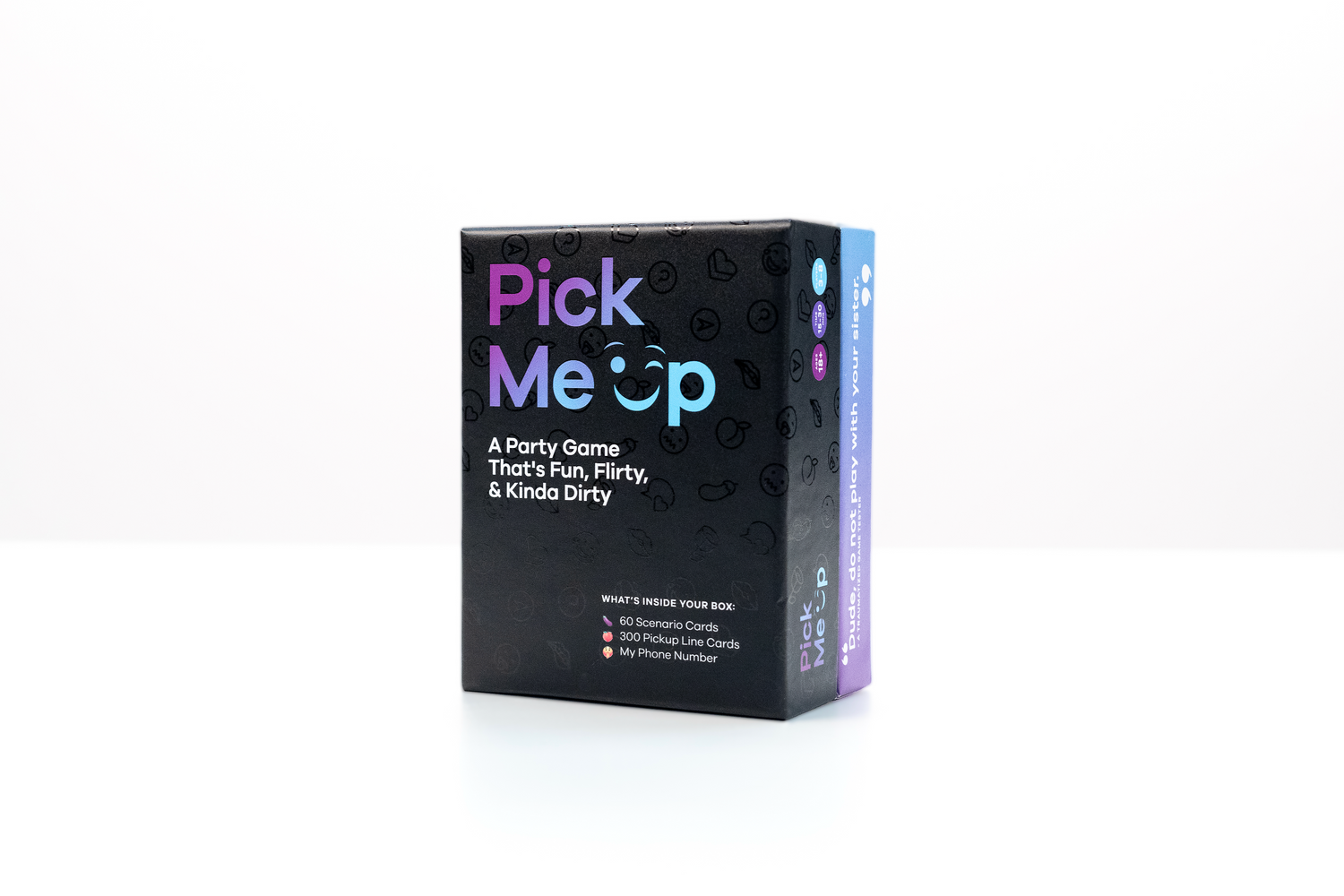A Comparison Between Talking Stage vs. Situationship
Modern dating comes with its own vocabulary, and two of the most talked-about terms are “talking stage” and “situationship.” While both signify a connection between two people, they’re distinct phases with different expectations, levels of commitment, and emotional dynamics.
If you’re feeling unsure about where you and someone stand, this guide will help you understand the differences, recognize the signs, and navigate your relationship with clarity and confidence.
1. What Is a Talking Stage?
Defining the Talking Stage
The talking stage is the early phase of getting to know someone before committing to a relationship. It’s characterized by casual conversations, exploration of compatibility, and building rapport.
Key Features of a Talking Stage
- Focuses on getting to know each other.
- Communication is often light, fun, and exploratory.
- There’s mutual curiosity but no defined commitment yet.
2. What Is a Situationship?
Defining a Situationship
A situationship is a more prolonged phase of ambiguity, where two people have a connection but lack clear labels or defined expectations.
Key Features of a Situationship
- Blurred boundaries between friendship and romance.
- Emotional or physical intimacy without a clear future.
- Often involves one or both parties avoiding commitment.
3. Comparing Talking Stage vs. Situationship
|
Aspect |
Talking Stage |
Situationship |
|
Focus |
Exploring compatibility. |
Maintaining connection without labels. |
|
Duration |
Short-term, leading to clarity. |
Can be prolonged with uncertainty. |
|
Commitment Level |
Minimal, as it’s a getting-to-know-you phase. |
Often avoided or ambiguous. |
|
Communication |
Open, light, and curious. |
May involve unclear or mixed signals. |
4. Signs You’re in a Talking Stage
- You’re still learning the basics about each other.
- Conversations feel exploratory and exciting.
- There’s mutual interest, but no commitment has been discussed.
Red Flags in a Talking Stage
- One-sided effort in communication.
- Lack of follow-through on plans to meet or deepen the connection.
5. Signs You’re in a Situationship
- There’s emotional or physical intimacy but no clear labels.
- Conversations about the future or commitment are avoided.
- You feel confused about where you stand with the other person.
Why Situationships Can Be Challenging
While they offer flexibility, situationships can lead to emotional strain if both parties have different expectations.
6. Navigating the Transition
From Talking Stage to Relationship
- Communicate Intentions: Share your goals for the connection early on.
- Spend Quality Time: Build trust and deepen your bond through meaningful experiences.
- Introduce Playfulness: Use games like Pick Me Up to break the ice and explore deeper topics with humor.
From Situationship to Clarity
- Ask for Clarity: Discuss where you stand and what each person wants.
- Set Boundaries: Decide what you’re comfortable with emotionally and physically.
- Prioritize Self-Worth: If clarity isn’t achieved, consider stepping away to protect your well-being.
7. How to Avoid Falling Into a Situationship
- Be Honest From the Start: Communicate your expectations early.
- Look for Reciprocity: Ensure effort and interest are mutual.
- Pay Attention to Actions: Words are important, but consistent actions matter more.
8. How Pick Me Up Can Help Build Connection
If you’re in the talking stage and want to move things forward, incorporating a fun and engaging game like Pick Me Up can help. The game encourages meaningful conversations and playful banter, perfect for deepening a budding connection.
Finding Clarity in Modern Dating
Understanding the differences between a talking stage and a situationship can help you navigate your connection with confidence. By recognizing the signs, setting boundaries, and communicating openly, you can move towards a relationship that aligns with your needs and goals.
And remember, if you’re looking for a unique way to spark deeper conversations and add a playful touch to your dating journey, try Pick Me Up. It’s the perfect way to make meaningful moments together.
FAQs
-
What’s the main difference between a talking stage and a situationship?
The talking stage is about exploration and learning about someone, while a situationship often involves blurred boundaries without clear commitment. -
How long should a talking stage last?
Typically, a talking stage lasts a few weeks to a couple of months before clarity on intentions is established. -
Can a situationship turn into a relationship?
Yes, but it requires open communication, mutual interest, and a willingness to define the relationship. -
How do I move from a talking stage to a relationship?
Communicate your intentions, invest in quality time, and build trust through shared experiences. -
What if I’m stuck in a situationship?
Have a candid conversation about where you stand, set boundaries, and prioritize your emotional well-being.


